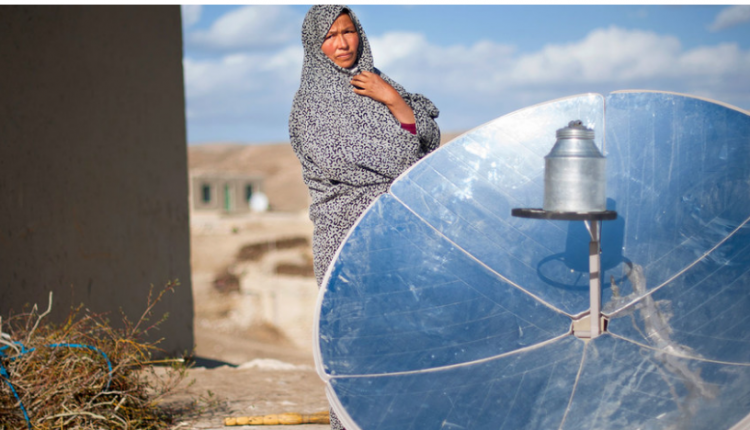SDG progress ‘in danger’ of going backwards without change in direction, new UN report reveals
The current worldwide sustainable development model is threatening to reverse years of progress, if strategies don’t drastically change, an independent group of scientists has concluded in a major new report launched on Wednesday.
The UN report will be at the centre of discussions during the UN summit on the SDGs later this month.
Worsening inequalities and potentially irreversible damage to the natural environment on which we all depend, demands concerted action, the UN Department of Economic and Social Affairs (DESA), urged in a statement on the report findings, compiled by a team of 15 UN-appointed experts.
“Achieving human well-being and eradicating poverty for all of the Earth’s people—expected to number 8.5 billion by 2030—is still possible,” they highlighted, “but only if there is a fundamental—and urgent—change in the relationship between people and nature.”
The report, “The Future is Now: Science for Achieving Sustainable Development,” points to understanding the relationships between individual SDGs and the “concrete systems that define society today” to devise a plan to ameliorate global instability.
At the request of countries to evaluate progress of the 2030 SDG Agenda, adopted in 2015, the Global Report on Sustainable Development (GDSR) consists of surveys on scientific findings from ocean livelihoods, to sustainable consumption, production, and disaster risk management, among other issues.
Science-backed recommendations
The current roadmap for development has generated prosperity for “hundreds of millions,” the scientists said, but at the cost of other resources and a growing inequality that undermines global growth.
Boosting economies via increasing consumption for example, is exhausting the planet’s materials and creating toxic by-products which threaten to overwhelm the world. At the current rate of consumption, “use of material is set to almost double between 2017 and 2060, from 89 Gigatons to 167 Gigatons”, resulting in consequential “increased levels of greenhouse gas emissions, and other toxic effects” from resource extraction, they stressed.
The status quo must change, scientists said, in order to eschew further loss in “social cohesion and sustainable economic growth,” curb biodiversity losses, and save a “world close to tipping points with the global climate system.”
For this to happen, all sectors must come together in coordinated action, the report urges. Increasing investment in science for sustainability, is one key approach, and acknowledging that achievement of the SDGs requires economic growth be divorced from environmental degradation, while reducing inequalities.
The experts noted that “the extensive transformation that is needed will not be easy, and the report suggests that a deep scientific understanding is needed to anticipate and mitigate the tensions and trade-offs inherent in widespread structural change.”
Key points of intervention
According to the report, there are 20 points of intervention that can be used to accelerate progress toward multiple goals and targets in the next ten years.
Among these, basic services must be made universally available—healthcare, education, water and sanitation infrastructure, housing and social protection— as a prerequisite” toward eliminating poverty.
In addition, ending legal and social discrimination, scaling up trades unions, nongovernmental organizations, women’s groups and other communities will “be important partners in efforts to implement the 2030 Agenda”, the experts said.
Inefficient food and energy systems are depriving some 2 billion people of food security, while 820 million are undernourished, and 2 billion adults are overweight. Production processes are causing severe environmental impact.
Transitioning to renewable energy systems could help reduce the 3 billion who rely on pollutants for cooking, and avoid premature deaths, estimated at 3.8 million each year, they cited. Meanwhile, the energy access gap has left close to one billion without access to electricity at all. Increases in renewable energy supply in the past decade have corresponded with price drops in clean fuel technology—around 77 per cent for solar power and a 38 per cent drop for onshore wind.
With an estimated two-thirds of the global population projected to live in cities by 2050, the experts said achieving the 2030 Agenda will require “more compact and efficient” urban areas that will be nature-based in infrastructure—but the ecosystem’s services and resources “must be safeguarded.”
What the scientists call “the global environmental commons” – the rainforests, oceans, and atmosphere – need support from governments, international actors and the private sector to ensure good practices.
The full report and its recommendations will be presented during the High-Level Political Forum at the 2019 SDG Summit that will convene heads of State and Government in New York on 24 and 25 September.

